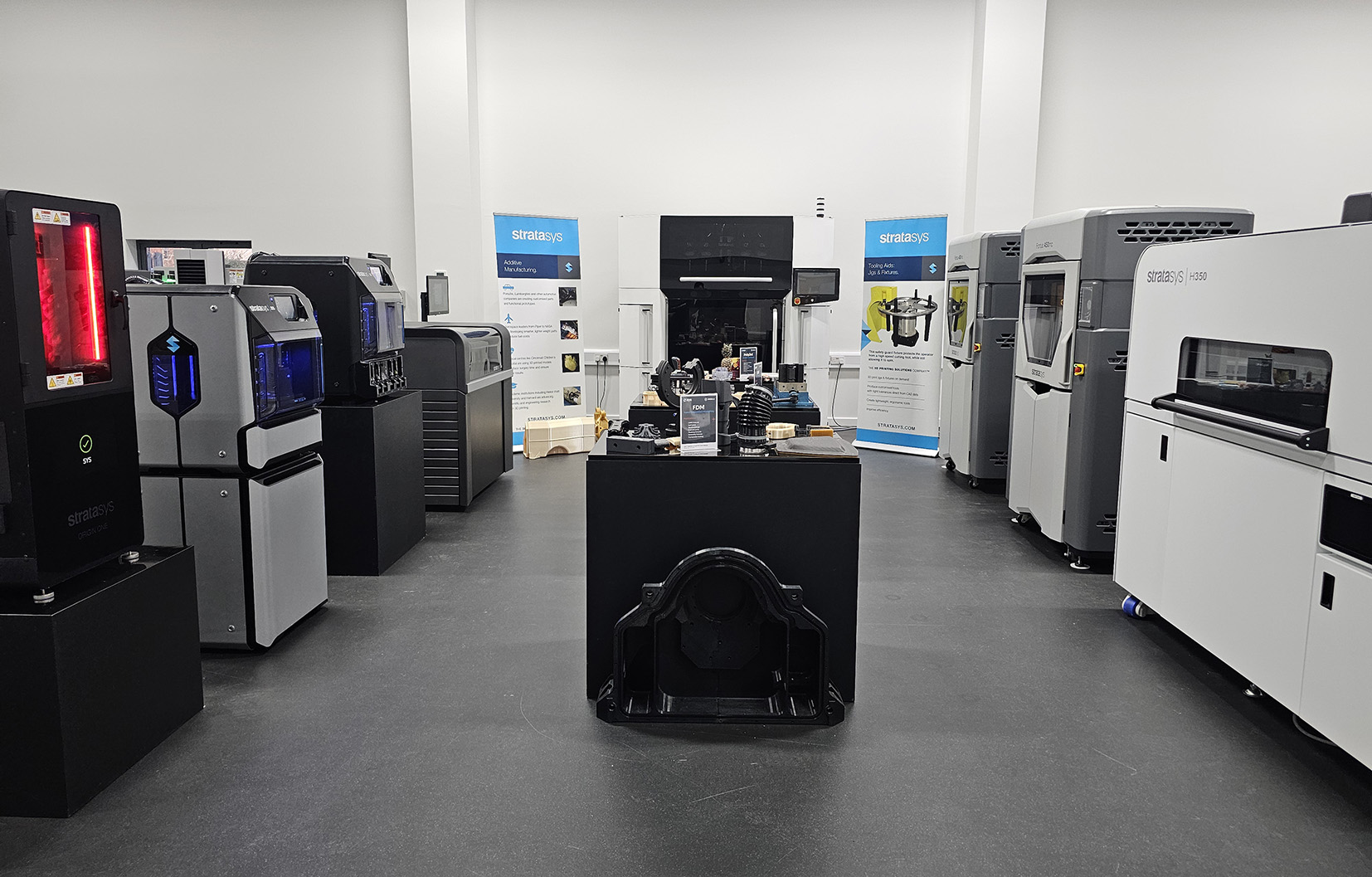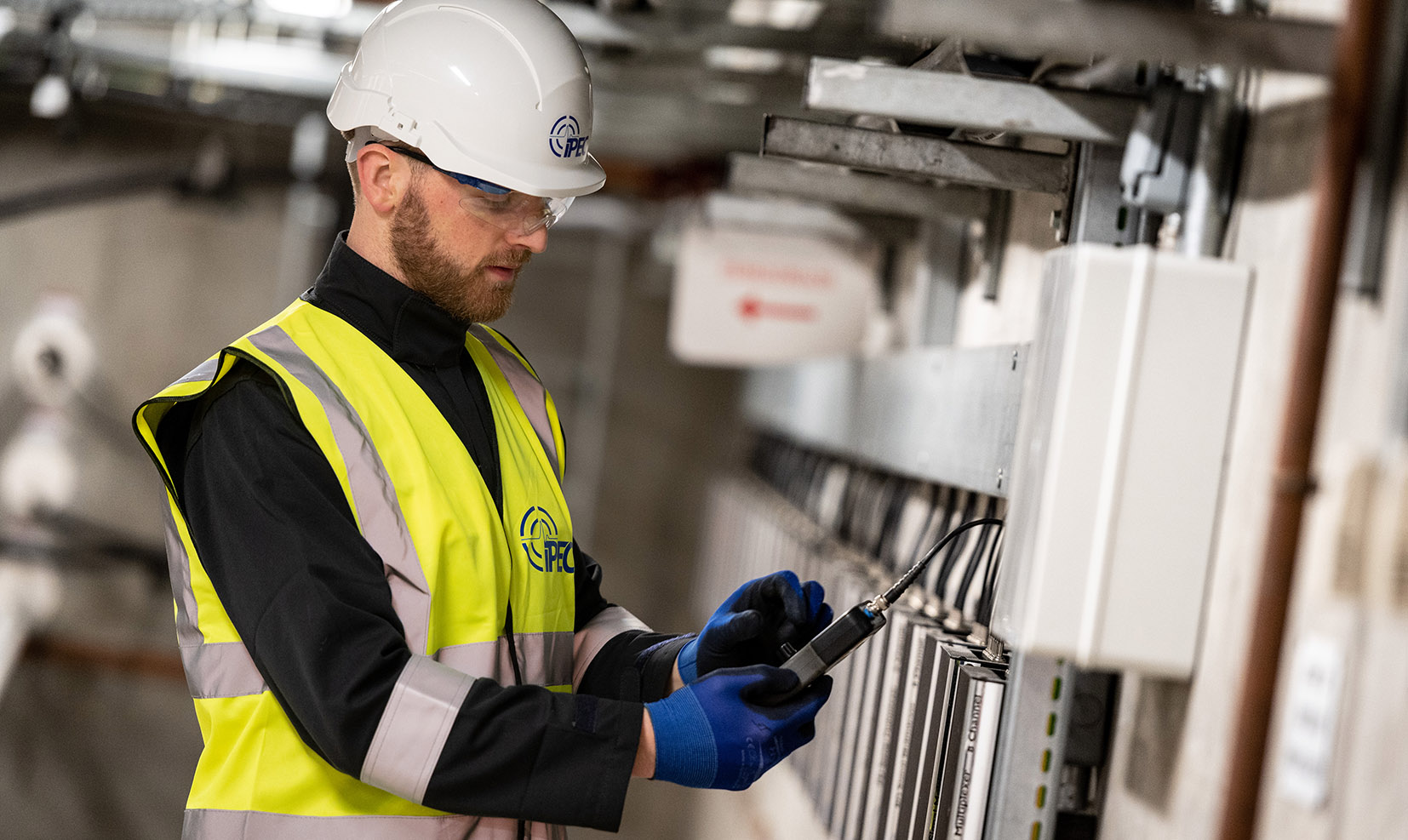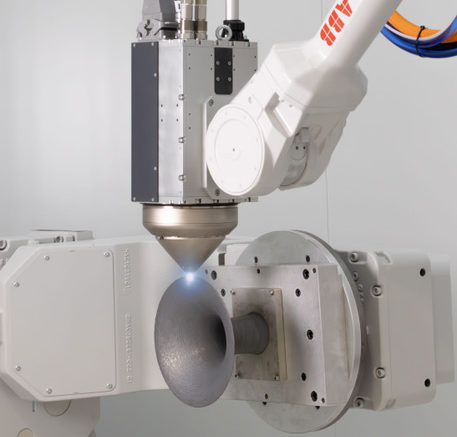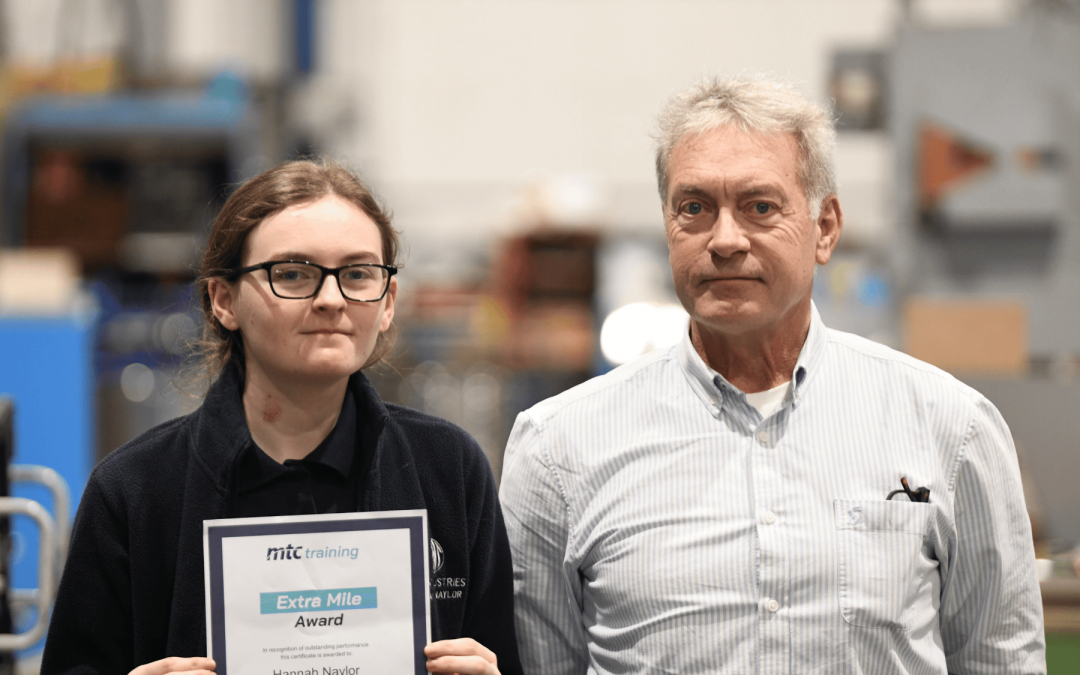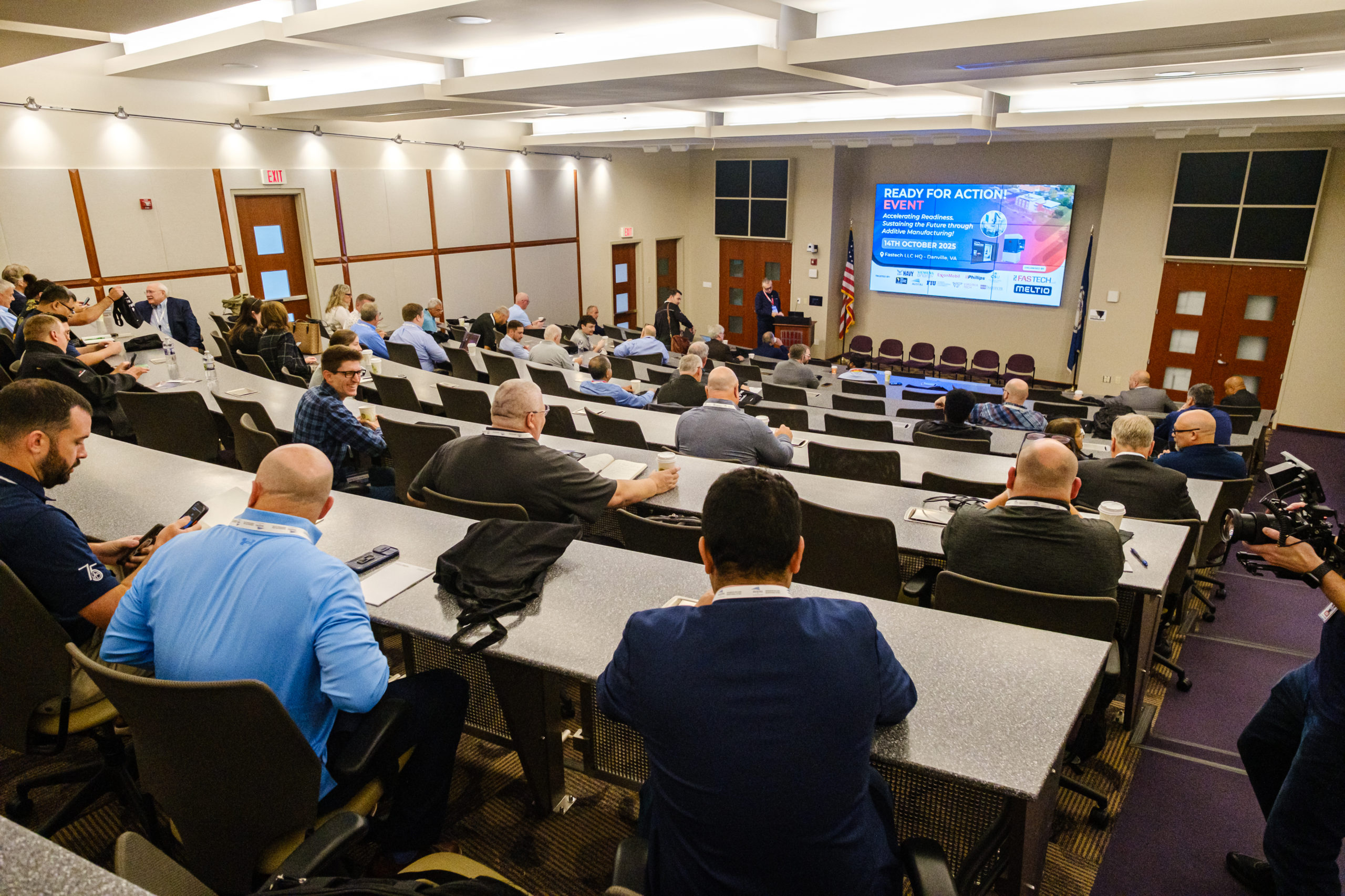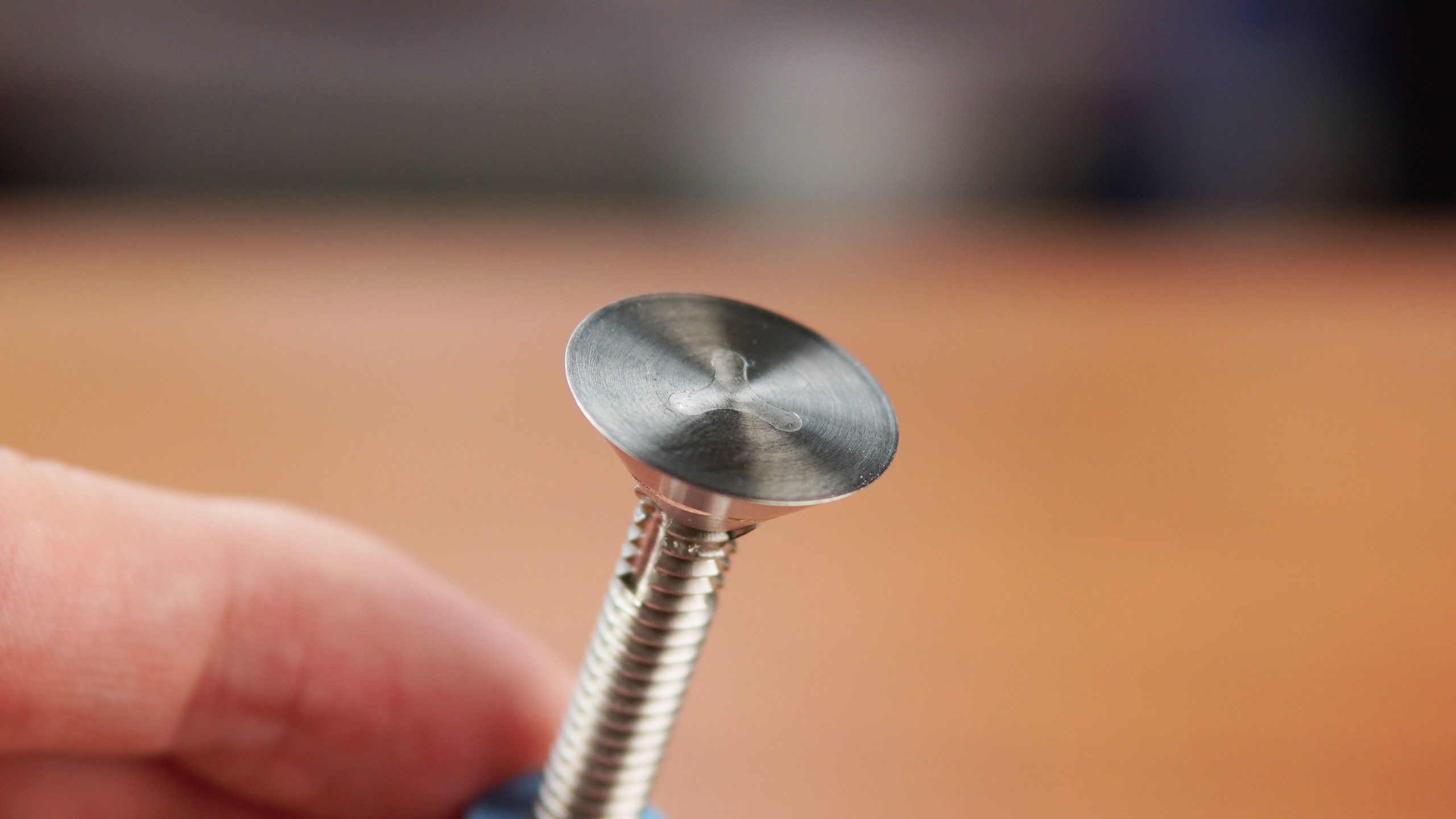Precision machining for cutting-edge research
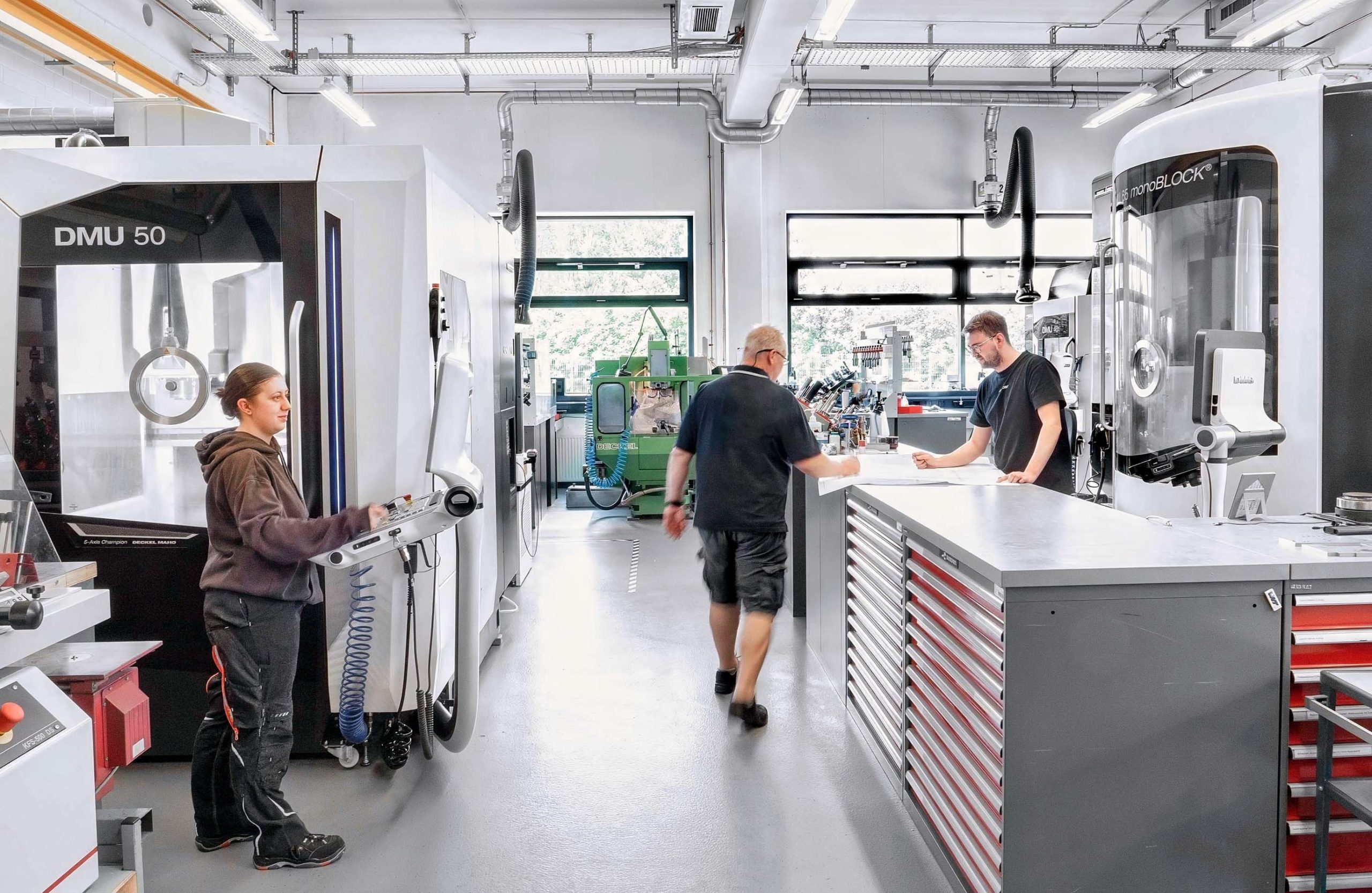
The Max Planck Institute of Quantum Optics (MPQ) can trace its roots back to a laser research project group established in 1976. Comprising four departments that specialise in various aspects of laser technology and quantum physics, the institute explores the interaction between light and quantum matter under extremely low temperature conditions. The laboratories use complex, high-precision equipment built with the support of an in-house workshop. Some 15 engineers manufacture precision components on DMG Mori machine tools. The machine shop includes three of the manufacturer’s five-axis machining centres, a DMU 50 and a DMU 65 monoBLOCK plus, most recently in December 2023, a DMU 40. A CLX 450 is also on-site for CNC turning.
Research at MPQ provides physicists with ever deeper insights into physics at atomic scale. The results are so groundbreaking that two Nobel Prizes in Physics have been awarded to employees. The first went in 2005 to Professor Theodor W Hänsch for the development of laser-based precision spectroscopy. The technology can be used to determine with extreme precision the colour of light from atoms and molecules. In this way, frequencies can be measured with an uncertainty of a few millionths of a billionth of a hertz.
The second Nobel Prize was awarded in 2023 to Professor Ferenc Krausz. He and his team succeeded in isolating a single X-ray pulse having a duration of 650 attoseconds. (An attosecond is one second times 10−18, corresponding to the ratio of one second to the age of the universe). The interaction of electrons in matter with each other or with light takes place on this unimaginably small timescale. It therefore requires extremely short exposure times to observe and control electrons in real time.
Michael Rogg, who has been at the institute since 1986 and has been head of the workshop for the last 13 years states: “Our laboratories need special optical instruments to carry out their experiments. The stability of the DMG Mori five-axis machines and their extensive cooling systems allow the required high-precision machining of the often complex geometries, sometimes down to tolerances of a few microns.”

An extensive variety of materials is used in the workshop. As many experiments are carried out in a vacuum, stainless steel components are common, but aluminium, copper alloys and special plastics are also widely used. The challenge lies in taking the behaviour of the diverse materials into account during the machining processes. Individual cutting strategies are another issue. The mostly small workpieces can be very delicate, requiring processes that are as stress-free as possible.
Says Michael: “Unlike in industry, profitability is only a secondary concern in research. What counts first and foremost is a perfect result. One person is always responsible for the entire production of a component, from programming through to final quality control. It means that we’re always looking for motivated specialists and young people that are willing to learn and we are currently preparing three trainees for this exciting job.”

